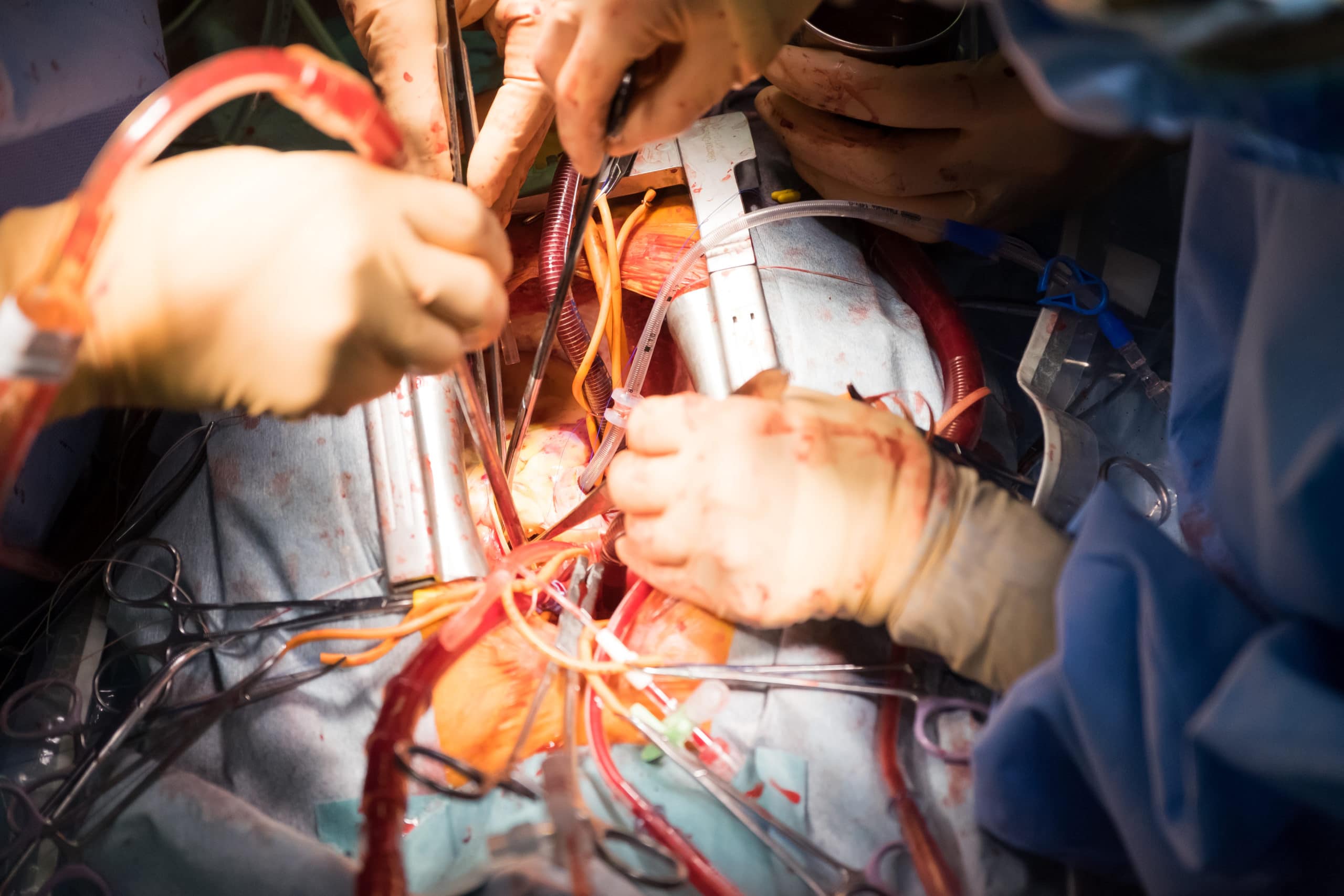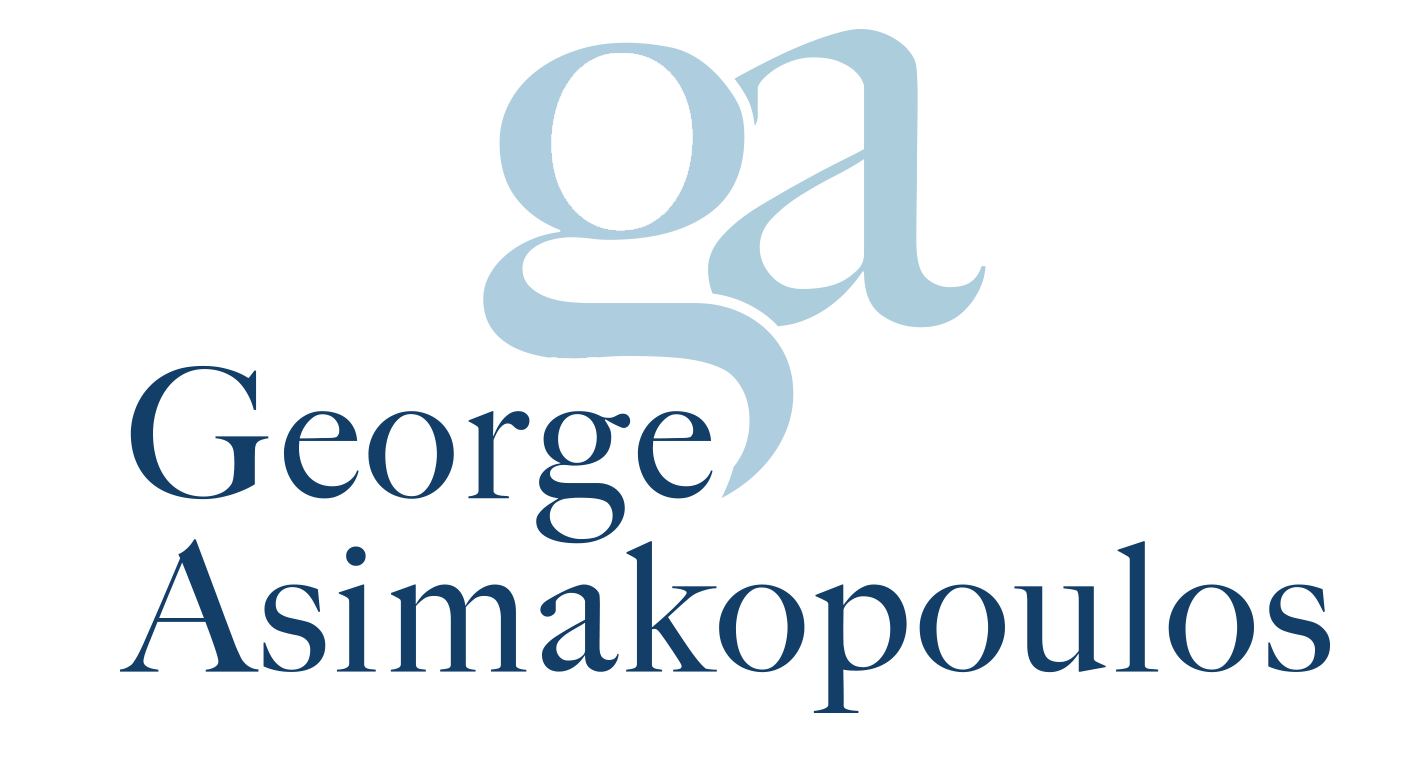Aortic Valve Replacement
The Aortic Valve
The aortic valve is one of the four valves of the heart. The other three are the tricuspid, the pulmonary and the mitral valves. The aortic valve is located between the left ventricle of the heart and the aorta. It normally has three cusps or leaflets, while approximately 2% of the population have an aortic valve with two leaflets (bicuspid).
The aortic valve opens fully when the left ventricle contracts (systole) allowing blood to be expelled forward into the aorta. The aortic valve closes when the contraction ends (diastole) preventing blood from flowing backwards into the left ventricle.
The term aortic valve disease includes conditions such as stenosis, regurgitation or mixed disease.
Aortic Valve Stenosis
The aortic valve might sometimes become thickened with age. Its cusps become calcified and immobile leading to narrowing (stenosis) of the valve. As a result, the heart pumps blood under high resistance leading to symptoms such as shortness of breath, chest tightness and dizzy spells. If left untreated, aortic valve stenosis results in thickening of the left ventricle followed by failure of its function.
Aortic valve regurgitation (insufficiency)
In this condition, the aortic valve does not close fully allowing the backward flow of blood. Aortic valve regurgitation places the left ventricle under strain as it has to accommodate abnormally high volumes of blood. It results in enlargement of the heart and heart failure. Shortness of breath on exertion is the commonest symptom. Conditions associated with regurgitation of the aortic valve include bicuspid aortic valve, degeneration of the cusps, enlargement of the aorta, Marfan’s syndrome and infections (endocarditis).

Treatment for aortic valve disease
A large body of research work has been carried out aiming to answer the question of when and how to replace the aortic valve. In general, the aortic valve needs replacement when the stenosis or regurgitation cause symptoms or enlargement of the heart.
The commonest technique of aortic valve replacement involves complete opening of the chest bone (sternum), connecting the patient with cardiopulmonary bypass, stopping the heart before the valve is removed and a new artificial valve is sewn in.
Risks – Aortic valve replacement carries on average a 1-2% risk that the patient might die or suffer a stroke during or immediately after the operation. Left untreated, however, the risk of heart failure and death if significantly higher.
There is currently a large number of different artificial (prosthetic) aortic valves available. Prosthetic valve can be divided into two types: Tissue or mechanical
Tissue aortic valves – Tissue prosthetic aortic valves are made of animal tissue that is mounted within an artificial frame. They have an average durability between ten and fifteen years following which they often need re-intervention. Modern tissue valves are likely to last longer that the ones used in the past. The main advantage of tissue valves is that they do not require blood thinning medication (anti-coagulants such as warfarin).
Mechanical aortic valves – These are made of totally artificial material such as pyrolytic carbon and titanium. They last for a very long time but can cause formation of clots inside the aorta. They do, therefore, require thinning of the blood (anti-coagulation) through warfarin. Recent studies have demonstrated that certain types of mechanical valves can be used safely with low levels of warfarin.
Trans-catheter Aortic Valve Implantation (TAVI)
TAVI allows the insertion of a prosthetic tissue valve through a puncture in the femoral artery. The valve is then advanced and deployed within the stenotic native aortic valve. TAVI has revolutionised the treatment od aortic valve stenosis in patients who are over the age of 75 or who are regarded are high risk for open surgery. It is not widely used in young patient as there is uncertainty concerning its durability.
Sutureless Aortic Valves
These are tissue prosthetic valves that are inserted surgically and do not require the use of stitches. Their advantages include rapid deployment, larger size and the option of performing TAVI in the future. I have extensive experience with the use of sutureless valves and use them as my first choice, following of course consultation with my patients. Sutureless valves allow me a quicker operation in complicated procedures and facilitate minimally invasive aortic valve surgery. Mr Asimakopoulos has large experience with the CorCym Perceval™ sutureless valve. He has used it to treat patients with aortic valve stenosis and has taught other surgeons both nationally and internationally the usage of such valves.
Minimal Access Surgery
This allows replacement of the aortic valve through a smaller incision through the upper one third of the sternum. It is often associated with less pain, improved respiration and quicker recovery after surgery. I perform most aortic valve replacement through this technique.
Detailed information on the topic of aortic valve disease and treatment is included in the ‘2021 ESC/EACTS Guidelines for the management of valvular heart disease’.
Get Started
First Consultation
Your first consultation will take place in the out-patient clinic. If you are an NHS patient you will need to have been referred by your cardiologist. Private patients may need authorisation from private medical insurance.
